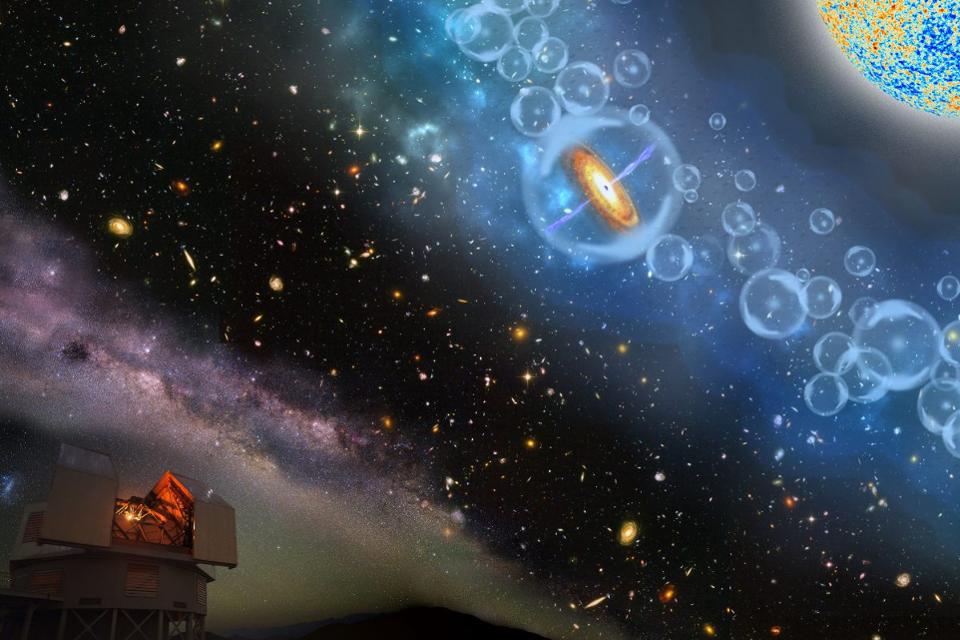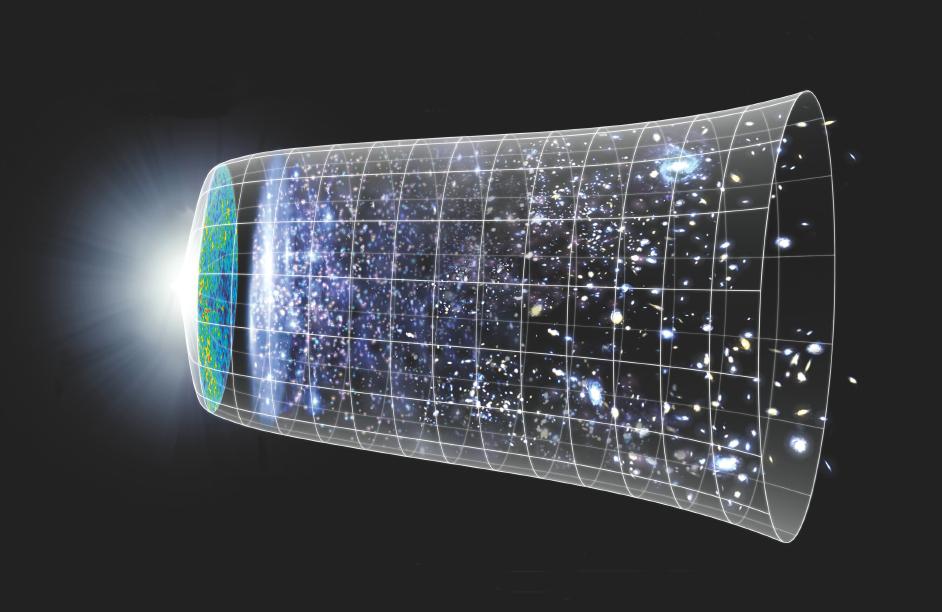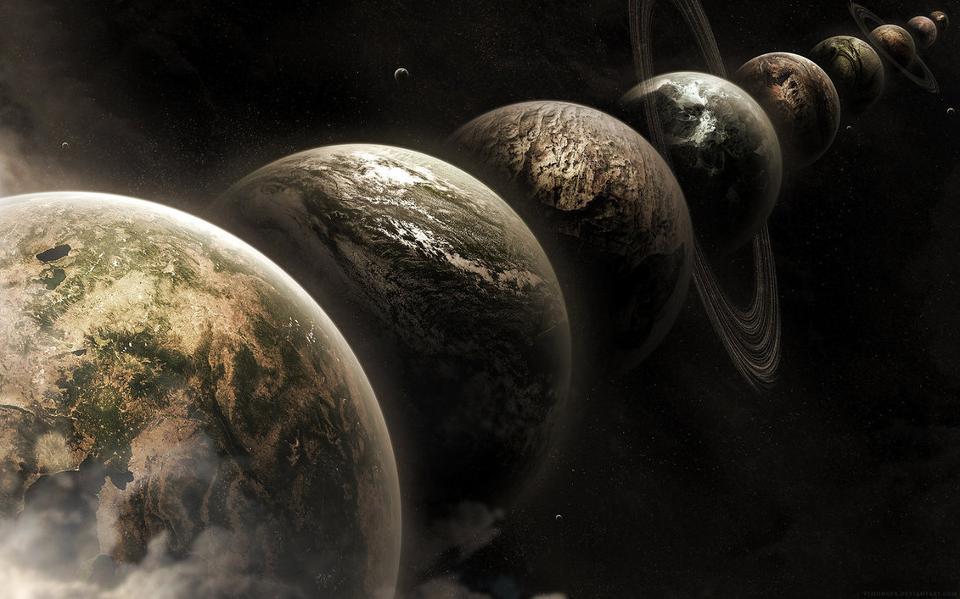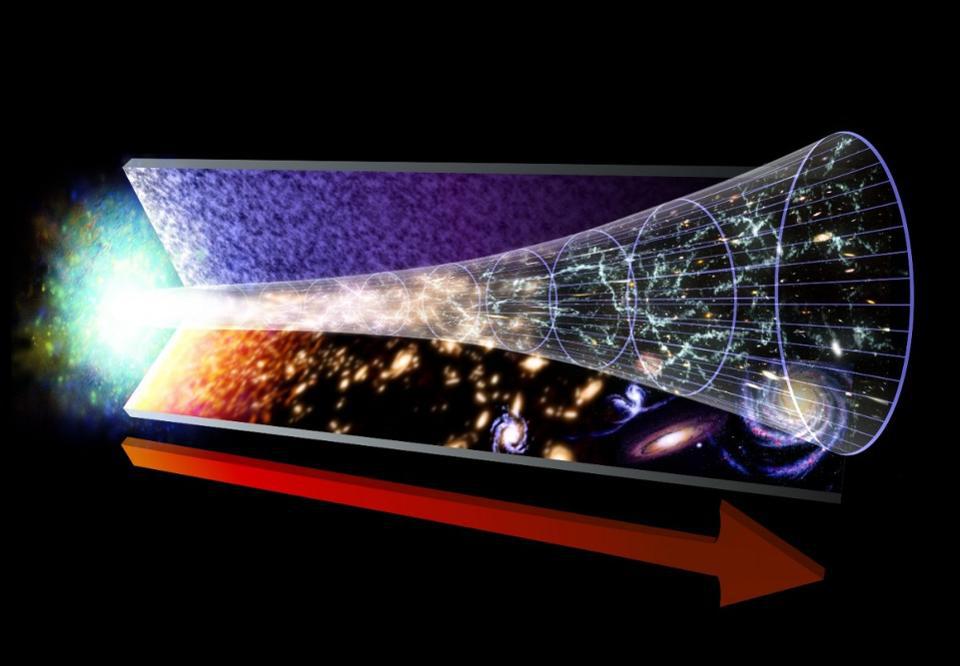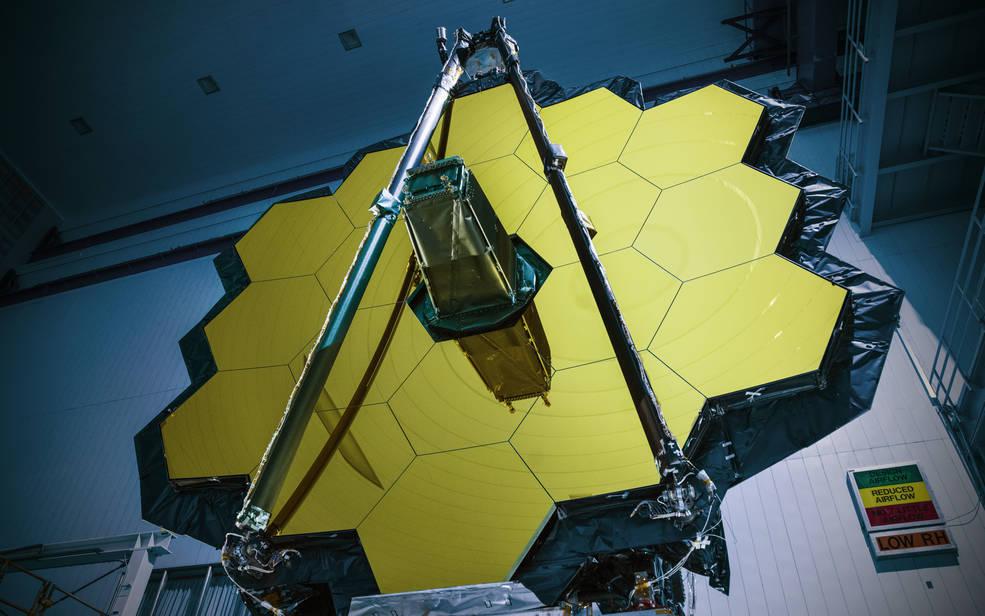Astro2020: Astronomy’s bright future revealed in game-changing decadal report
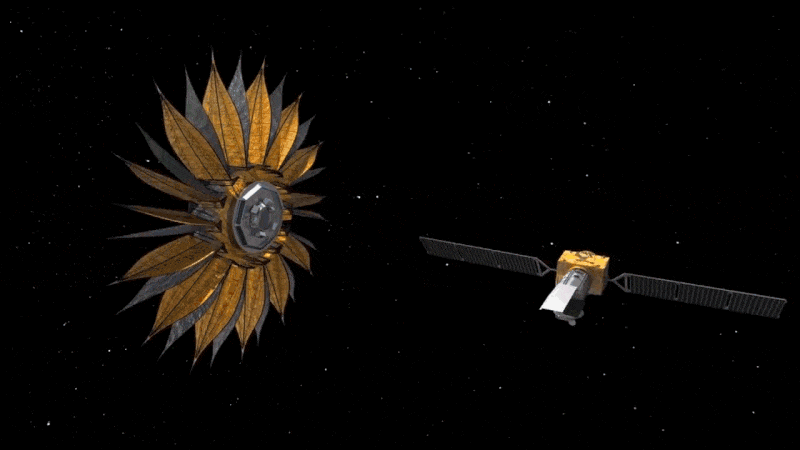
- Astronomy needs a combination of space-based and ground-based missions across all wavelengths for new discoveries.
- The report recommends a mix of small, medium, and flagship missions, and it refuses to skimp on the science.
- The big winners are exoplanets, gravitational waves, and cosmology, but without public funding, the entire plan will fall apart.
Every ten years or so, the National Academies conducts a decadal survey, where after soliciting recommendations and white papers from across the disciplines of astronomy and astrophysics, they release a report that charts the course for the next decade of the field. Previously, decadal surveys have led to NASA’s great observatories and generations of space-based science missions, from Hubble to Spitzer to Chandra to James Webb and beyond. While many of these missions have been tremendous successes, there have also been setbacks: cost overruns, budget mismanagement, and the infamous flawed mirror that almost rendered Hubble a near-total failure.
No more. With the release of the decadal report that charts the course for astronomy and astrophysics from 2023-2033 — known as Astro2020 — those setbacks are guaranteed to be a thing of the past. For the first time in history, not only has a truly balanced mission portfolio been advanced by the latest decadal survey, but it both paves a realistic and optimistic path forward for astronomy across all wavelengths and even beyond light, as well as putting robust safeguards in place to prevent the types of cost overruns that have plagued previous large missions. For the first time, practically every astronomer sees a positive path forward for both the field in general as well as their specific sub-field. So that you don’t have to read the 600+ page report yourself, here’s what everyone should know.
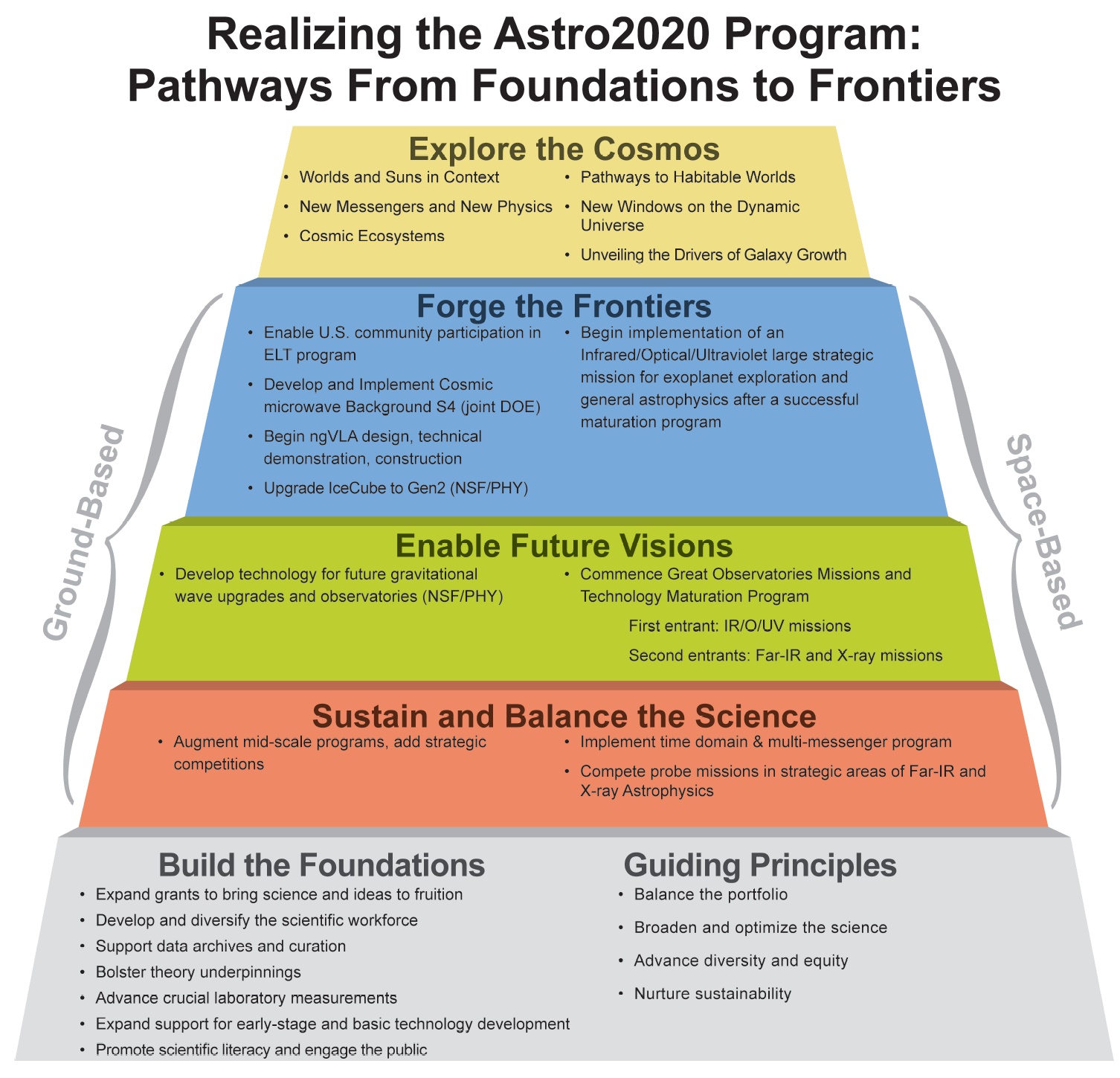
A vision for the future
If you want to know what we can discover within the science of astronomy and astrophysics, you have to invest in facilities. That includes telescopes, instruments, support infrastructure, ongoing science operations, personnel, and much more. All of those things, if we want those facilities and their findings to be available to everyone, require federal funding across both ground-based and space-based initiatives. In order to maximize the value of what we invest in, the decadal survey solicited white papers from the astronomical community, and the community didn’t disappoint; for Astro2020, more than 500 white papers were submitted.
Synthesizing as many of them together as possible, the committee identified three major themes for the scientific vision of the upcoming decade.
- Pathways to Habitable Worlds. The goal of this is to identify and characterize, as best as possible, as many Earth-like exoplanets as we can. That includes direct imaging and taking spectra of their atmospheres, potentially paving the way to discovering the first planet beyond our Solar System with life on it.
- New Windows on the Dynamic Universe. For most of history, astronomy focused only on light. But astrophysical sources also emit gravitational waves and particles, and we have started to detect them. By bringing observations that span the electromagnetic spectrum together with cosmic rays, neutrinos, and gravitational waves, we can hope to understand multi-messenger events and, perhaps, even probe the relic backgrounds from cosmic inflation.
- Drivers of Galaxy Growth. We have been able to detect and measure the cosmic web, including the gas within it, but only coarsely. By probing never-before-revealed details, including how that gas collapses, condenses, and infalls to form stars and grow galaxies, we can learn how our Universe “grew up” in unprecedented fashion.
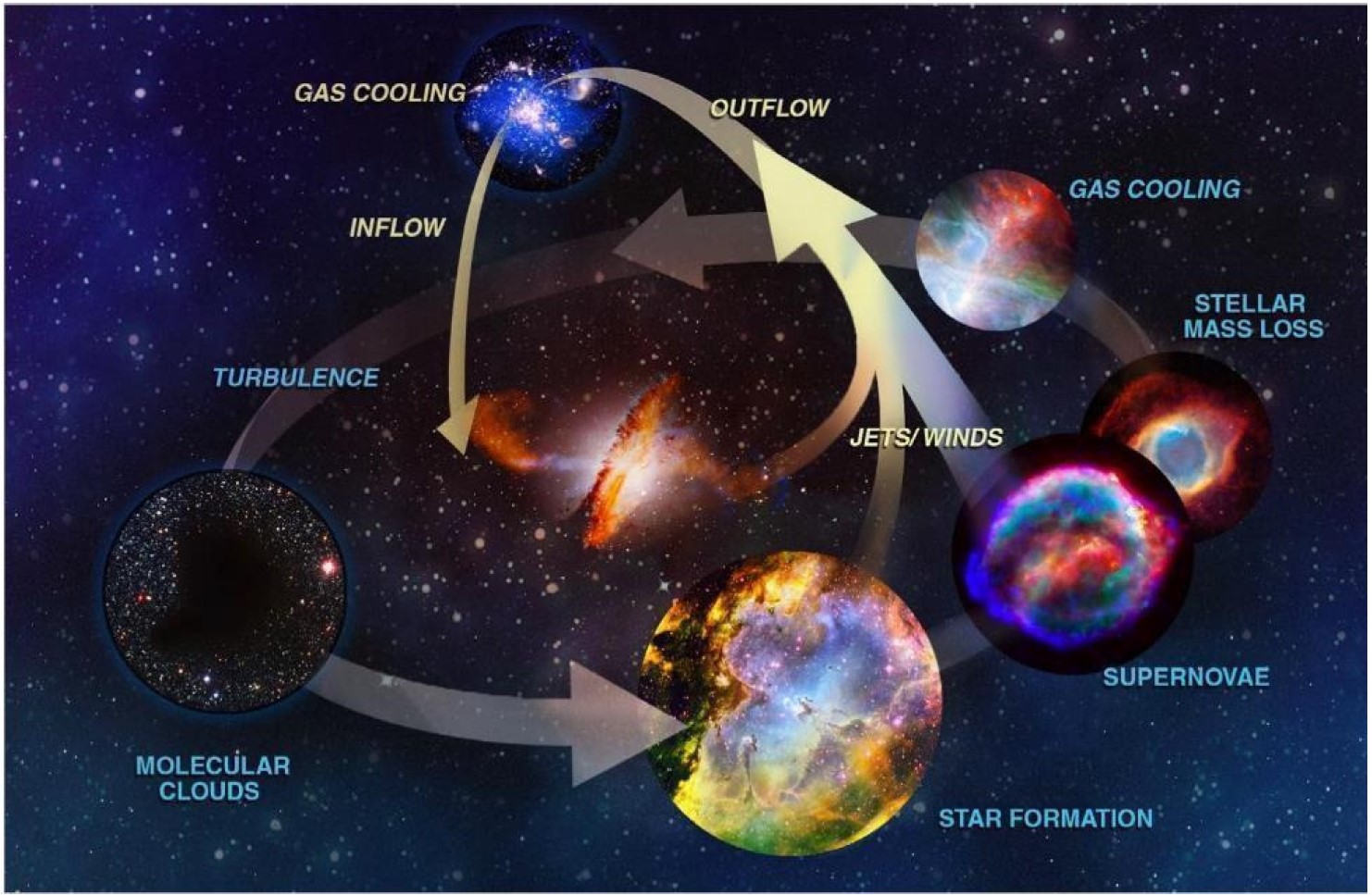
The next flagship mission
The previous decadal surveys set the course for our current path and are the reason why the James Webb Space Telescope will launch this December, followed by the construction and launch of the Nancy Grace Roman Telescope — a wide-field version of Hubble with vastly superior instrumentation — later in the 2020s. Four missions were selected as finalists for this decadal survey: HabEx, LUVOIR, Lynx, and Origins.
For the very first time, none of them were chosen.
Instead, the next mission was described in terms of its science goals, rather than in terms of the technical specifications that the telescope facilities would possess. The Astro2020 report recommends that the next flagship mission be what I would call an “ultra-Hubble,” an all-purpose infrared, optical, and ultraviolet observatory with ~250 percent the resolution of Hubble and more than six times Hubble’s light-gathering power. It should be larger and more powerful than even the largest and most expensive HabEx proposal, but a little bit smaller, less expensive, and with a faster timetable to completion than any of the LUVOIR proposals. This should be the next flagship mission after the Nancy Grace Roman Telescope, but it is being approached as never before.

(Credit: National Academies/Astro2020 decadal survey)
Great observatories and technology maturation
There are three big differences between how this current flagship is being approached as compared with all other previous astronomy and astrophysics flagship missions.
The first is arguably the most important: the maturation of concept is going to be done first. This has never been done at an institutional level like this before. From Hubble to James Webb, a telescope’s design and architecture have traditionally been the starting point, and then the various components — optics, instruments, the assembly, and other necessary parts — are all designed and built. If there was something new that needed to be developed, like the sunshield or the unfolding of the segmented mirrors for James Webb, those technologies were developed and built in parallel to the rest of the observatory.
We are not doing it that way any longer. While the architecture of James Webb, by necessity, had to change as it was developing and evolving, the focus on the maturation of the technology first will mean that all of the necessary components will be designed, specified, and accurately cost-and-labor-estimated before construction begins. The current architecture is only outlined and won’t be finalized until this technological development component is complete. By focusing on the technology maturation first, it eliminates the possibility of the very cost overruns that plagued James Webb throughout its construction.
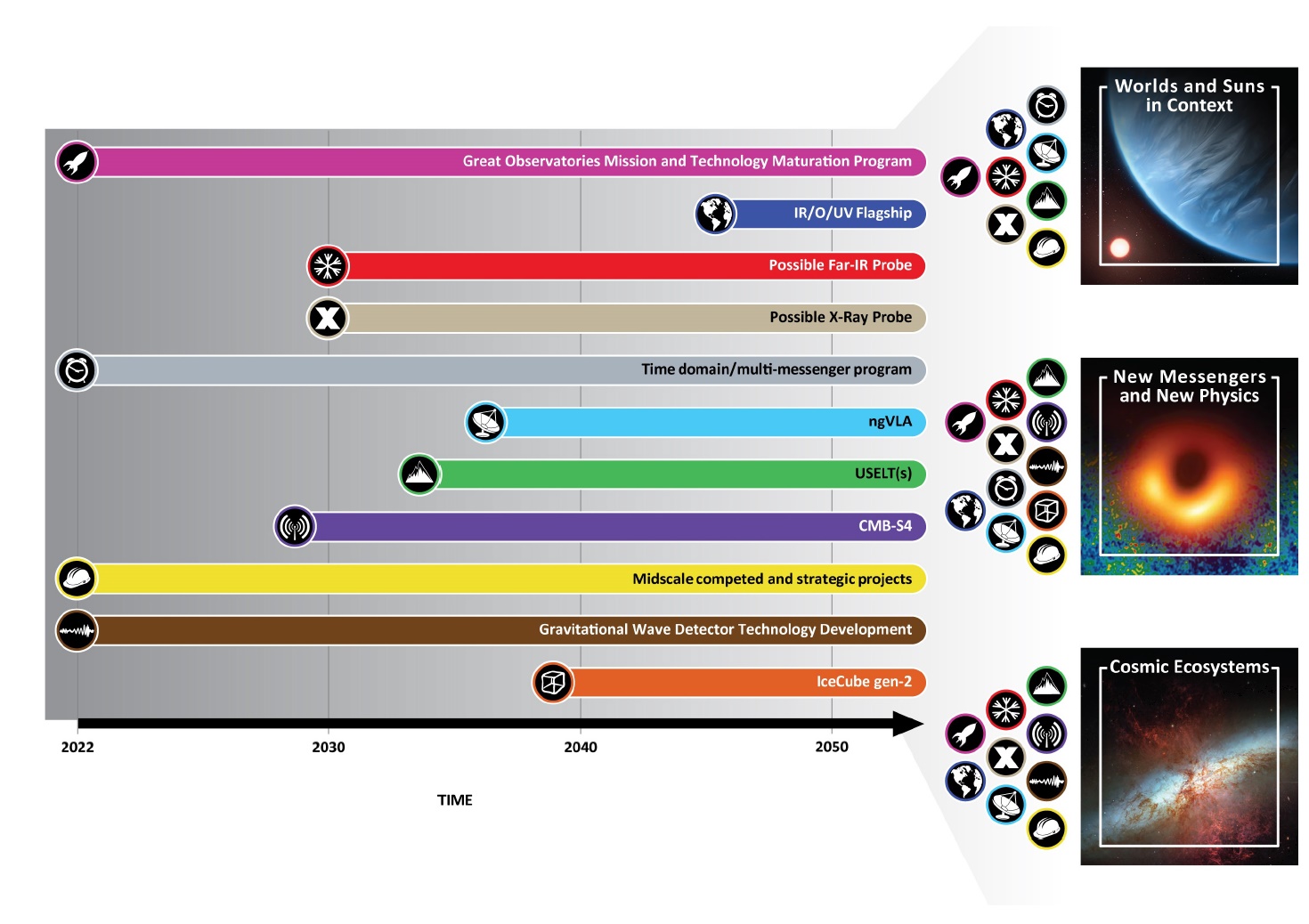
No waiting for the next step
Only once the technological maturation necessary for this flagship has been established will the architecture be finalized, and only once the architecture is finalized will the rapid construction of the observatory commence.
Traditionally, it isn’t until the construction phase is complete that major steps are taken to address the next flagship. That is where the second major difference from all previous decadal surveys comes in: once the architecture for this next flagship mission is finalized, then not only will construction of this observatory begin, but concurrently, the technological maturation of concept for the next flagship mission will commence.
The Astro2020 decadal issued recommendations for that as well: either a next-generation far-infrared observatory (like the proposed Origins) or a next-generation X-ray observatory (like the proposed Lynx) should proceed. By having the technological development of the next flagship’s components proceed concurrently with the previous flagship’s construction, this should prevent the large gap in time between flagships that we experienced prior to James Webb, and that will, by necessity, exist between Nancy Roman and this next flagship mission. But there is a third piece to the puzzle that is also new to the Astro2020 decadal and that is worth just as much as the other two pieces.
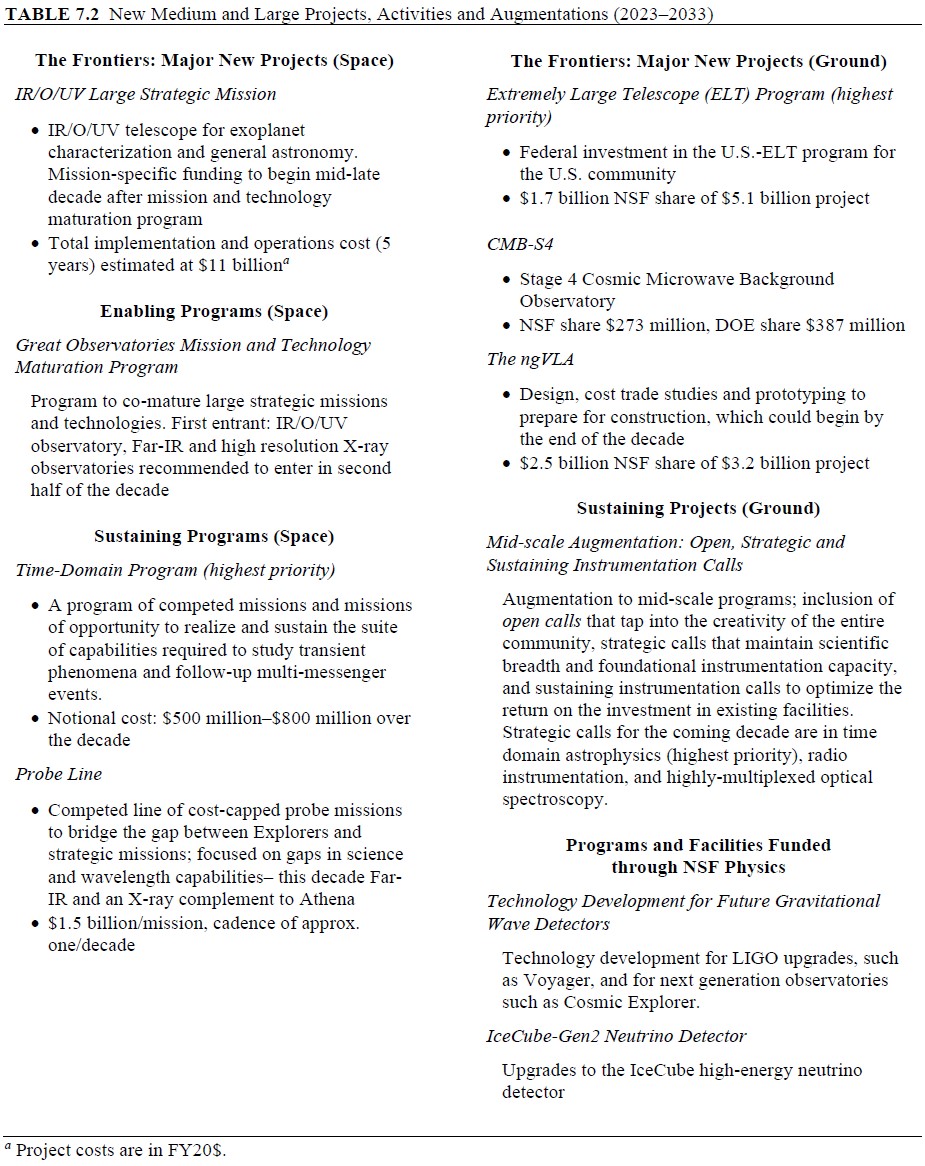
Every scientific stakeholder is well-served by these recommendations
Thirdly, nobody on the cutting edge of astronomy winds up with their scientific dreams on the cutting room floor. The long-term vision put forth by the Astro2020 decadal recognized the need for observatories and facilities that addressed the full suite of needs of astronomers and astrophysicists. As written in the Astro2020 report itself:
“Establishing a panchromatic suite of observatories over the next 30 years is essential to address key questions in all three of the survey’s priority science themes. The large strategic mission implementations presented to the survey cannot all be built and launched in an optimal timeframe given the current designs, available budgets, and approaches to mission development.”
This means that all wavelengths, from X-ray to ultraviolet to optical to infrared all the way down to radio light, are slated for both maintenance of current observatories and developments of new facilities and instruments. It means that both ground-based and space-based enterprises are going to be invested in. It means that hunts for signals from the Universe that go beyond light, such as gravitational wave, cosmic ray, and neutrino sources are all being advocated for, along with the requisite funding. In the opinion of a great many professionals, the combination of these three factors makes this the most optimistic, pragmatic decadal ever put forth by the community.
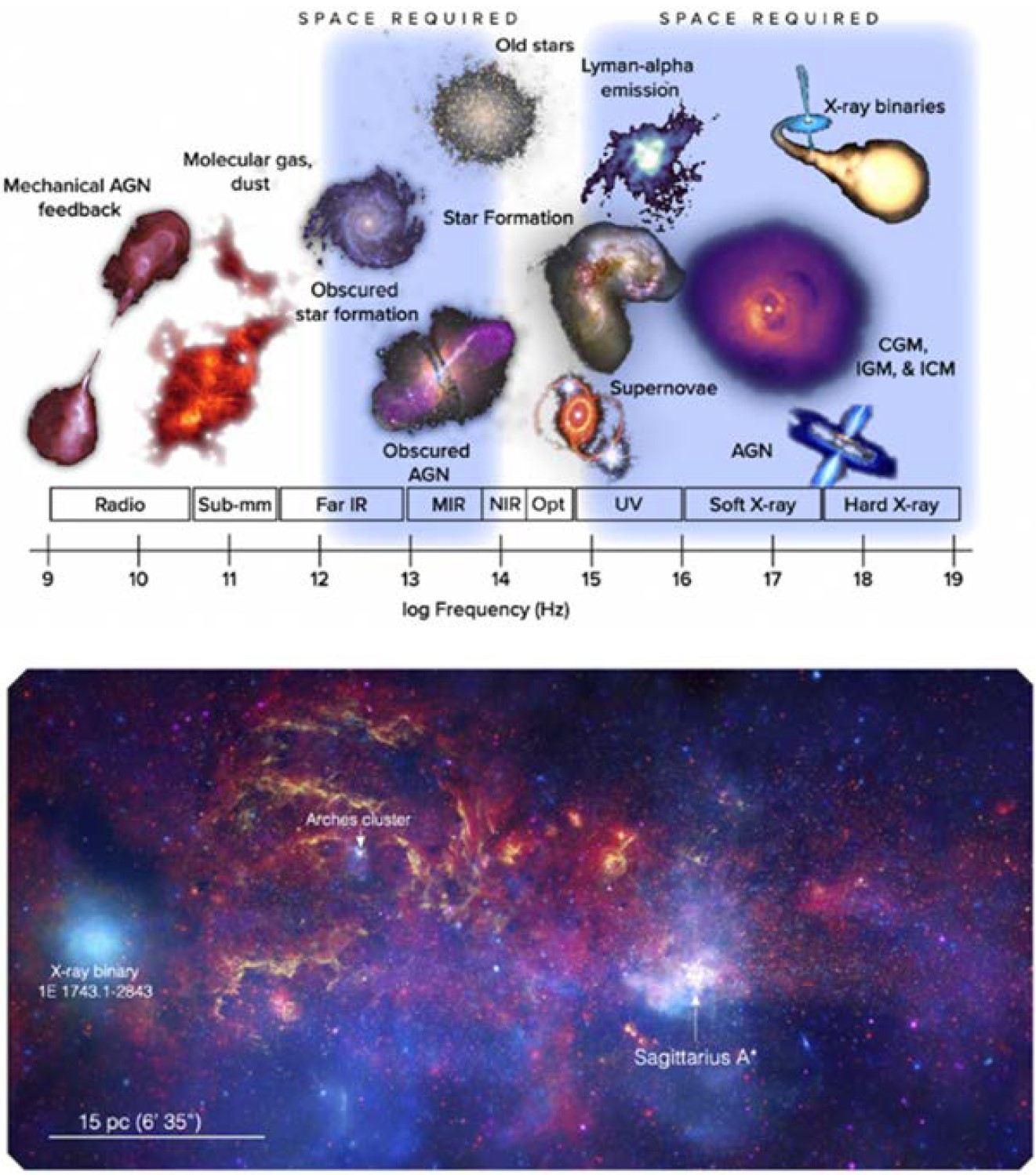
Other major recommendations
Although the flagship missions are by far the most high-profile and most valuable part of these decadal surveys, maximizing how we efficiently reach for our science goals requires a variety of approaches.
For ground-based astronomy, the most exciting development is the construction of new, extremely large optical and infrared telescopes. While the current generation of large observatories is between 8-12 meters, the next generation will grow to 25-40 meters. One of them is a purely European endeavor: the European Extremely Large Telescope. However, two others, the Giant Magellan Telescope (in the southern hemisphere) and the Thirty Meter Telescope (in the northern hemisphere) are also under construction. The Astro2020 recommendation is that the National Science Foundation funds these in exchange for dedicated telescope time.
They recommend at least a 25 percent stake in each, assuming that consent issues with indigenous populations concerning TMT can be resolved; if not, they recommend at least a 50 percent stake in GMT. As stated in the decadal report:
“Because of their transformative scientific potential, as well as readiness, the success of at least one U.S. ELT is a critical priority for investment for ground-based astronomy in the coming decade.”

Many other sweeping recommendations are also a part of this plan.
In the microwave portion of the sky, next generation observatories to measure the fluctuations and polarization in the cosmic microwave background should be constructed. These will measure small-scale fluctuations in multiple microwave wavelengths, will include polarization, and will teach us about everything from the gas in our own galaxy to whether large-amplitude gravitational waves from inflation are present in the Universe.
Radio astronomy should receive a new, unprecedentedly powerful array of telescopes: a next-generation Very Large Array (ngVLA). According to the Astro2020 decadal:
“The ngVLA would resolve protoplanetary disks on scales more than 20 times finer than ALMA, potentially capturing images of planet formation in action. The ngVLA facility would be absolutely unique worldwide in both sensitivity and frequency coverage.”
They recommend the construction of a next-generation neutrino astronomy facility, a more powerful successor to IceCube.
They recommend the construction of a next-generation ground-based gravitational wave facility, a more powerful successor to LIGO.
They recommend time-domain and multi-messenger missions as part of a balanced portfolio that includes cost-effective, sub-flagship medium-scale missions, and small, explorer class missions. And they recommend foundational activities like substantial and sustained investments in early career researchers, supporting the cost of operating existing facilities and upgrading their instruments, fully funding the support staff, increasing available fellowships and scholarships, developing real and virtual tools like simulations, machine learning initiatives, and data archives and pipelines, as well as stopping harassment and discrimination, while simultaneously broadening access to opportunities.
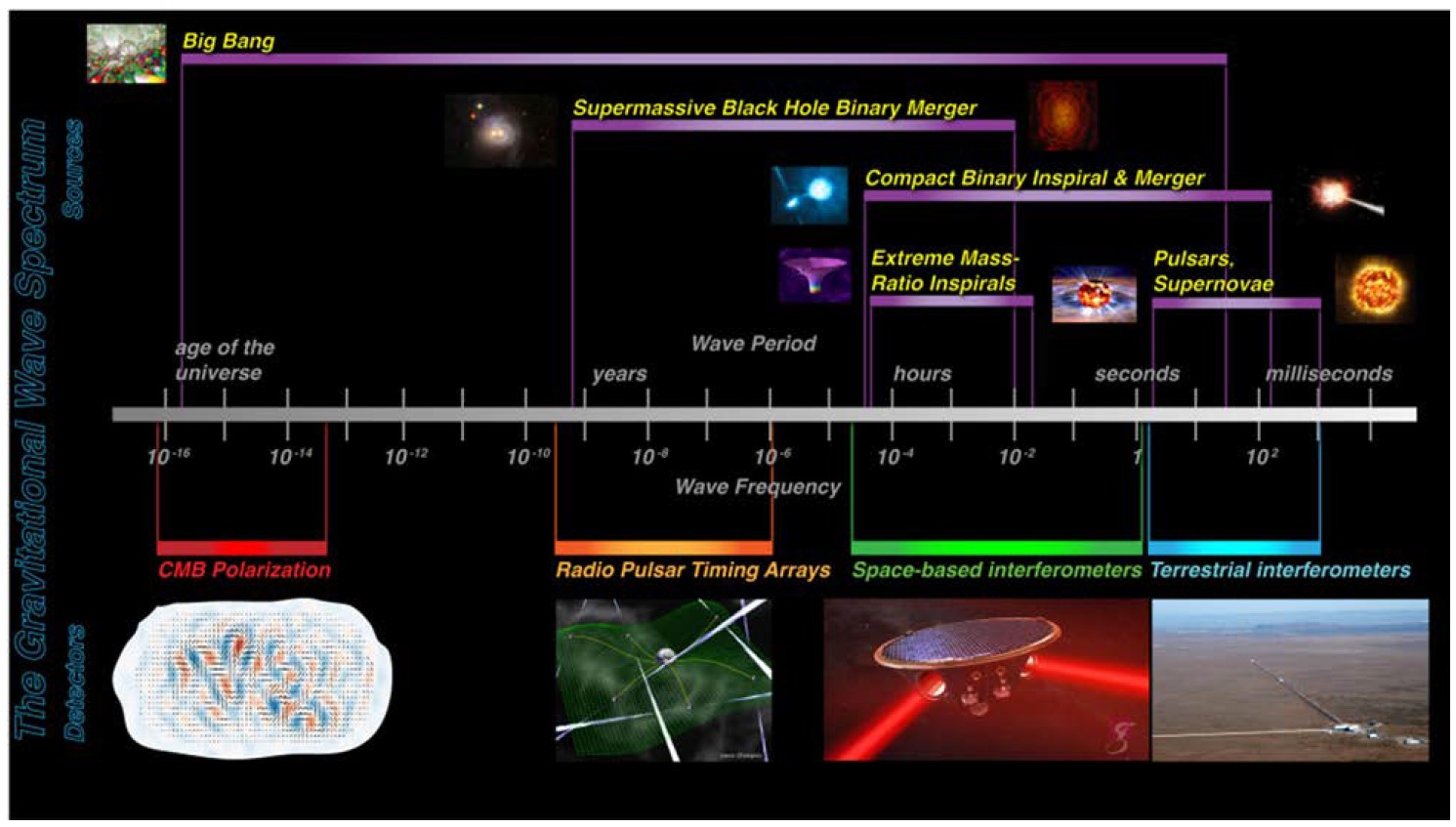
(Credit: National Academies/Astro2020 decadal survey)
The cost
If this were set up incorrectly, it could lead to tremendous budgetary problems. Many have been worried that a cost overrun on a flagship could wind up eating the budget of the other necessary science activities. But if the Astro2020 recommendations are followed — by NASA, the NSF, and the DOE — then the problems we have seen with funding in the past will not continue downstream.
We have seen budgetary and political whims sabotage long-term scientific projects in the past. Given that each of these proposed new flagships will take 15-20 years from the start of development until the start of science operations, slashed funding is an existential threat to the entire enterprise each and every year.
The benefit of this new approach, in summary, is this: budgetary resilience is built into the technology maturation process. If the process tells you, “This isn’t the best way to build this,” we will build it the smarter way, and we will not have lost anything because the technology maturation studies come before the architecture is finalized. If we phase money appropriately for technology development early, previously disastrous snags would not be mission-blockers any longer. This process targets co-maturation of all mission technologies, so that every aspect of construction is understood before the architecture is even finalized. For the next coming flagship, flexibility is a feature, not a bug. Right now, we don’t know if this will be:
- a single dish telescope or a set of segmented mirrors,
- an on-axis or off-axis configuration,
- more LUVOIR-like or HabEx-like,
or whether the initial guesses of a ~6 meter mirror and an ~$11 billion pricetag will wind up being part of the final architecture. There is tremendous opportunity for growth, and the budgetary projections only rely on a ~2% annual increase moving forward.
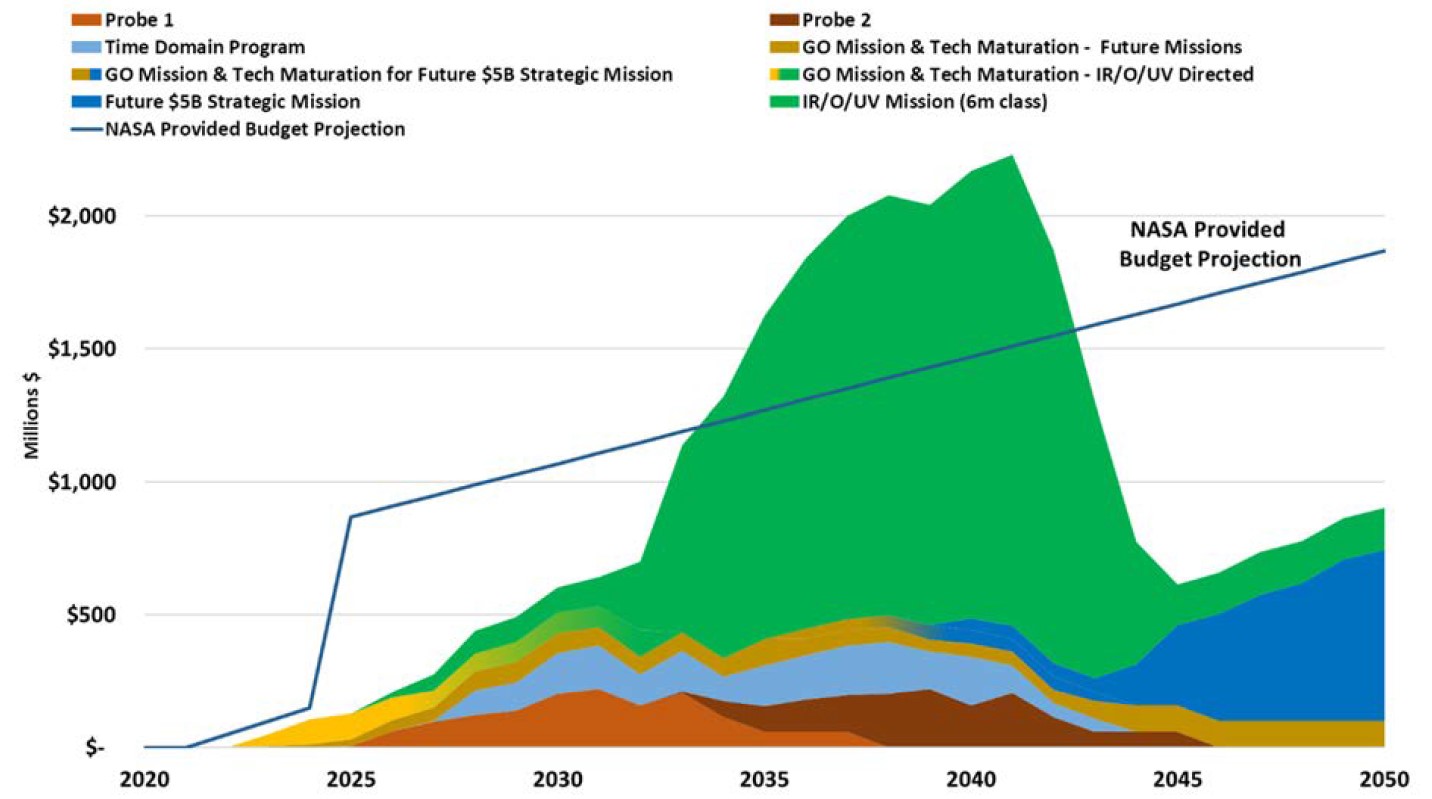
(Credit: National Academies/Astro2020 decadal survey)
The science rewards that will come from implementing the recommendations of Astro2020 are remarkable. The new X-ray missions will teach us about stars across all star types and inform habitability studies. Next-generation ground-based and space-based optical and infrared telescopes will measure early light from colliding neutron stars that cannot be seen today and will probe exoplanet atmospheres of Earth-sized planets in their star’s habitable zones. Small-and medium-scale missions across all wavelengths will show us yet-unmeasured properties of transient sources, while the next-generation radio array will teach us about jets of gas produced by neutron stars and black holes, including in mergers and cataclysms. Throughout it all, no wavelength range is neglected.
The large strategic missions, or flagships, are truly transformative, as Hubble has been and James Webb surely will be. But, the plan is not to put all of our eggs in one basket, but rather to spend our money as wisely as possible over both the short- and long-term, leading to a future where both human knowledge and the health of the field grows as never before. As the Astro2020 decadal report summarizes it:
“21st century astrophysics owes much of its richness to NASA’s panchromatic suite of Great Observatories that spanned the spectrum from gamma rays to infrared, and which were accomplished with a wide range of scales, from what today is referred to as ‘Probe scale’ up to the very ambitious HST and JWST missions. Diverse missions of all scales, national and international, designed to view the universe in a multiplicity of complementary ways are now essential to progress in modern astrophysics.”
For perhaps the first time in history, the future of astronomy and astrophysics is bright and clear, and the biggest remaining uncertainty is just what this fantastic suite of new missions, observatories, instruments, facilities, and the next generation of scientists all will help to uncover in our never-ending quest to understand this Universe.
